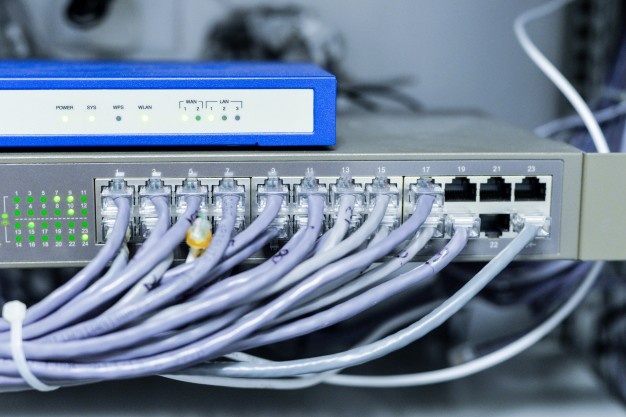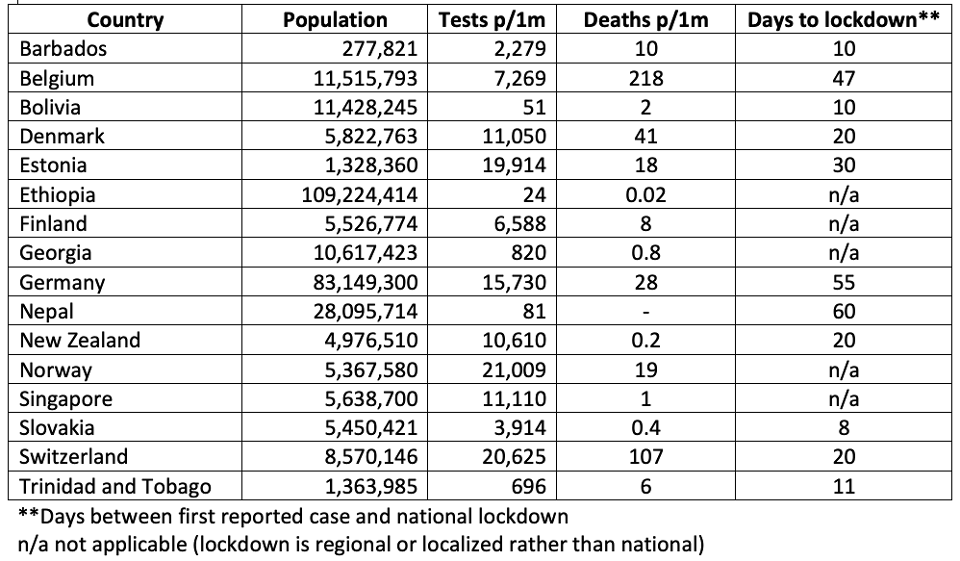
There is nothing worse than slow Internet, especially if you have to stay at home all day. In addition, it pisses you off to see how videos take eternity to load, and web pages take forever that you end up giving up on reading it. However, during this confinement, slow internet is mostly affecting students and those who have to work from home. Fortunately, there are some ways to speed up your connection, and get it back on track.
Are You Getting What You’re Paying For?

It is possible that you are paying a connection of 60 Mbps and you only get 30 Mbps. This can have many causes, but most of them are external. From the poor connection in your area to a poor installation or, if you have contracted ADSL, the distance from and to the “central”. The good part is that you can complain (rightly), and demand to get two solutions.
Either they fix it or they lower your bill. How to do this? Your part is to try speed tests such as Speedtest or the one Google provides when searching for «Speed Test». But it would also be convenient for you to try it through your telemarketer (if available). This way, you’ll have solid proof when you file your complaint.
Check The Router Settings

If the problem is not external, then it’s probably related to the devices and the router. In order to speed up your connection, check these two options. First, try to move the router closer to your device, so that the signal becomes stronger. However, this is not always possible and reliable. Second, and slightly more complicated, is to configure the router. To do that, you will need to access the device interface and choose a series of parameters that could speed up your connection.
However, the downside of this option is the level of expertise it requires. If you have basic knowledge, then it may be best to call call your company and get them to guide you step by step. Moreover, changing the «channel» or parameters like DNS will get you a stronger signal and a higher speed to browse and download content.
Be Ware Of Stacking Wireless Devices

It’s normal to have your router in a hidden place like behind the TV or a desk. However, keep in mind that the small distance between the router and your devices can affect your connectivity. In addition, since you probably have several wireless devices connected to it, the transmission automatically becomes weaker.
In fact, these waves can “bother” each other. Making your signal come and go, resulting in slow internet. The solution? Place the router away from other devices (or the devices away from the router), then do a connection test. If things improve, problem solved. If they don’t, it’s time to try checking the wires of the router.
Photos: Pixabay, Freepik.





















